No products in the cart.
Coca-Cola Carbonated Soft Drinks, Soft Drinks
Coca-Cola: From Local Tonic to Global Icon
Since its modest beginnings as a medicinal tonic in the late 19th century, Coca-Cola has undergone an incredible transformation to become one of the world’s most recognized brands. Understanding the path to its iconic status reveals insights into visionary leadership, innovative branding, and strategic adaptations across decades. This journey includes pivotal expansion efforts in the 1920s, marketing brilliance under Asa Candler, the enduring appeal of the Spencerian script logo, distribution breakthroughs, and continuous innovation, each contributing to Coca-Cola’s establishment as a global icon.
Table of Contents
Branding and International Growth in the Roaring Twenties: Coca-Cola’s Emergence as a Global Icon
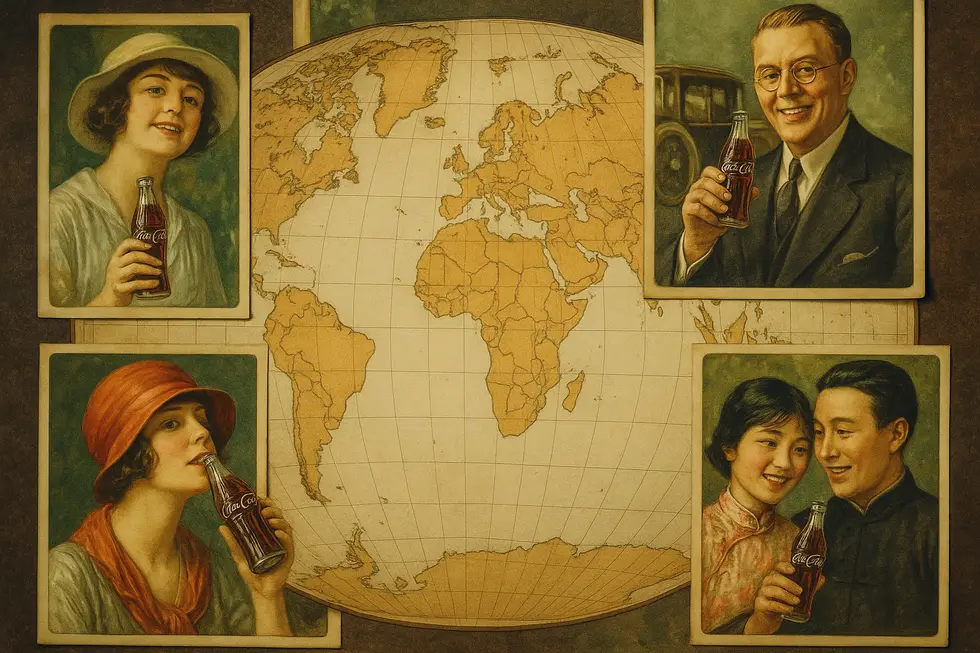
Coca-Cola’s journey to becoming a global icon during the 1920s was marked by innovative branding and international expansion under Robert W. Woodruff’s leadership. By 1923, Coca-Cola had transcended its origins as a local Atlanta beverage to become a household name in America. The secret to this success lay not only in the drink itself but in the strategic initiatives that transformed the brand into a symbol of unity and tradition.
Central to Coca-Cola’s branding was its iconic Spencerian script logo, created in 1886, which stood as an enduring symbol of stability and heritage. The company harnessed this imagery, investing in aggressive marketing campaigns and saturating the domestic market with advertising that made Coca-Cola synonymous with refreshment and leisure. This boost during the Prohibition era, when it was marketed as a non-alcoholic alternative, only solidified its domestic footing.
International expansion was pivotal in the 1920s, as bottling plants were established globally. This allowed Coca-Cola to maintain a consistent quality and brand across continents. The introduction of convenient packaging, such as six-packs, promoted greater consumption at home, further embedding the brand into everyday life. The company’s commitment to protecting its intellectual property strengthened the authenticity and consistency of its product worldwide [link to Coca-Cola’s early expansion and branding].source
Transformative Marketing: Asa Candler’s Blueprint for Coca-Cola’s Global Acclaim
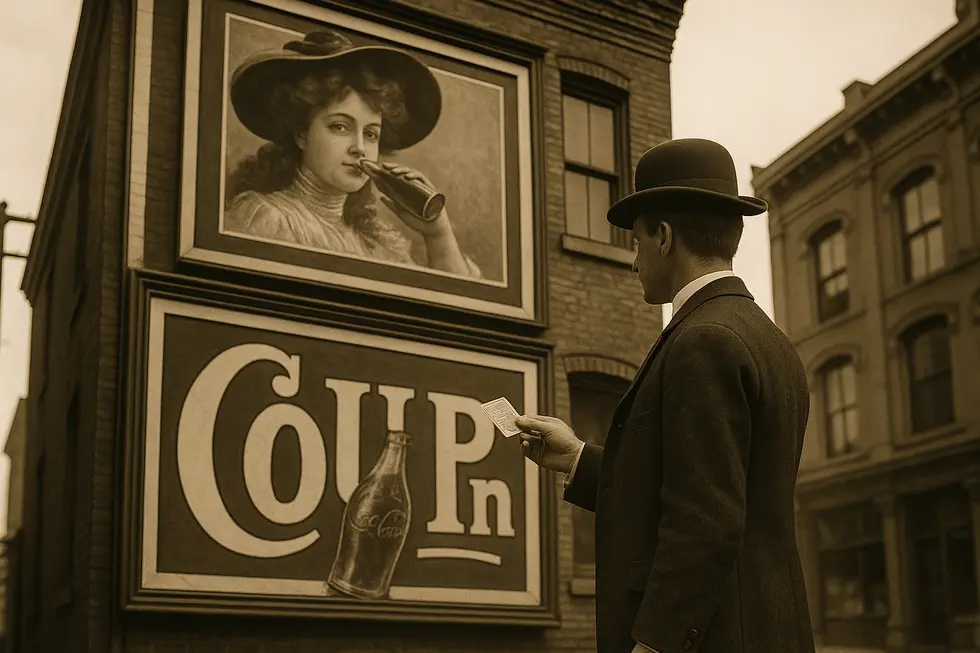
Asa Candler’s innovative marketing strategies were pivotal in elevating Coca-Cola from an obscure medicinal tonic to a global icon. By establishing a professional sales force, Candler ensured that Coca-Cola was not only consistently available but also reliably of high quality across various pharmacies. This tactic reinforced consumer trust and solidified a uniform experience regardless of location.
Candler’s commitment to advertising investment was equally transformative. He understood the power of repeated exposure, spending substantially more on advertising than competitors. This imbued the brand with a familiarity that led to a cultural embrace. Under his guidance, Coca-Cola advertisements became ubiquitous, embedding the brand in the public consciousness.
In addition, free sampling campaigns played a crucial role in Coca-Cola’s penetration of the marketplace. By 1913, free samples meant that one in nine Americans had tasted Coca-Cola, a figure that testified to the campaign’s success in growing its consumer base. This kind of market saturation was unprecedented and laid the groundwork for the brand’s expansion.
Through widespread branding initiatives, such as the use of branded trays and signage, Candler crafted a cohesive visual identity that left indelible impressions on consumers. These efforts not only boosted brand recognition but significantly contributed to Coca-Cola’s sustained cultural status.
Candler’s comprehensive approach also extended to maintaining a superior quality perception. By regulating how pharmacists mixed and served Coca-Cola, he ensured that every serving met the brand’s quality expectations. This meticulous oversight was instrumental in building lasting consumer trust, which became essential as the brand expanded internationally.
Together, these strategies not only enhanced Coca-Cola’s recognition but also established its reputation as a trusted and beloved brand worldwide.
How Coca-Cola’s Spencerian Script Logo Bolstered Its Global Icon Status
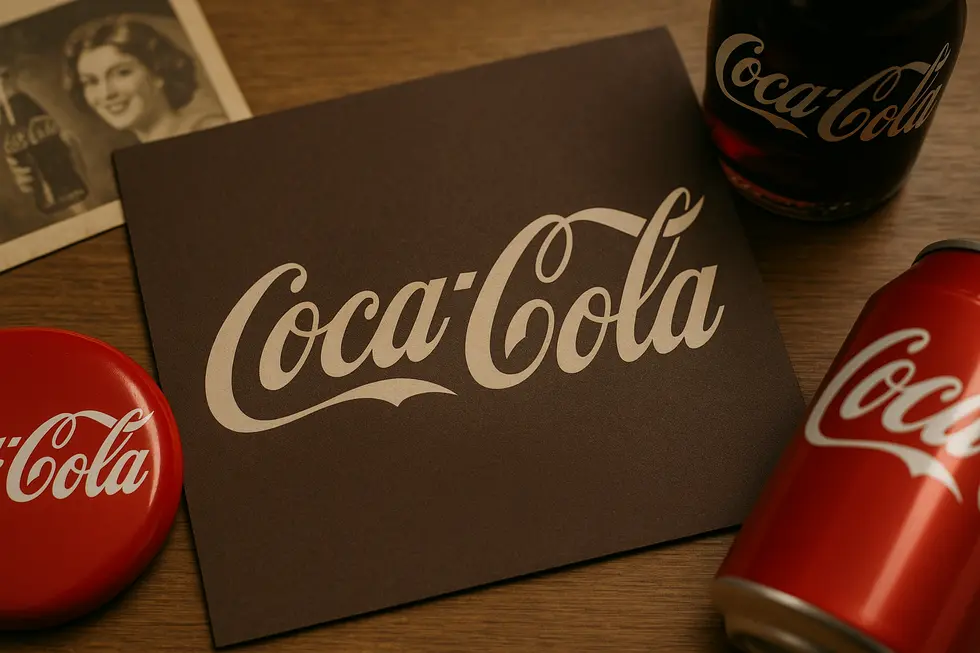
The elegance and distinctiveness of the Spencerian script logo, crafted by Frank M. Robinson in 1887, have played a pivotal role in Coca-Cola’s ascension as a global icon. Robinson, understanding the power of a visual identity, chose this flowing, cursive style to emphasize the two prominent ‘C’s, thus enhancing memorability. This distinct design marked the beginning of a strategy that transformed Coca-Cola’s modest beginnings into its monumental status.
Initially, Coca-Cola was marketed as a medicinal tonic, and the logo’s consistency helped solidify trust as the brand expanded nationally in the early 20th century. This steady visual reliability on bottles, signage, and advertisements helped to unify the brand’s message, allowing Coca-Cola to scale effectively. The familiarity and recognition generated by this consistent branding created an enduring connection with consumers.
The Spencerian script’s classic appeal ensured that Coca-Cola’s visual identity remained relevant across generations and geographies, portraying a timeless, universal appeal that went beyond mere typography. This timeless elegance has made it not just a representation of a drink but a cultural symbol; a tradition in and of itself.
Thus, Coca-Cola’s Spencerian script logo didn’t just signify a brand; it embodied a continuity and trust that helped propel Coca-Cola into becoming an iconic symbol recognized worldwide across diverse cultural landscapes.
Bottling the World: How Coca-Cola’s Distribution System Fueled Icon Status
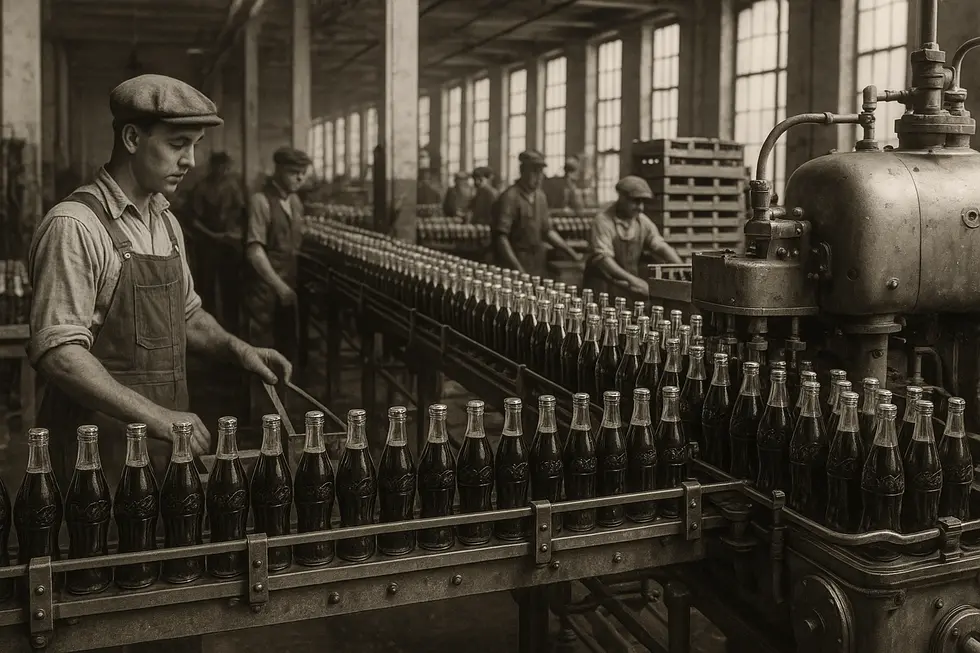
Coca-Cola’s monumental journey to becoming a worldwide icon owes much to its innovative bottling and distribution system initiated in 1899. The strategy allowed the company to focus on producing the syrup concentrate while partnering with independent bottlers responsible for the final product. This franchising model transformed Coca-Cola into a global phenomenon by enabling swift geographic expansion.
By decentralizing production, Coca-Cola could adapt to local tastes more efficiently. Bottlers could modify sweetness levels to suit regional preferences, ensuring the beverage resonated with diverse consumer bases worldwide. Such a system not only enhanced local connections but also cemented Coca-Cola’s adaptability as a cornerstone of its global strategy.
A pivotal moment in its history was the introduction of the iconic contour bottle in 1916. The uniquely designed bottle solidified brand identity, making the product instantly recognizable—whether spotted from afar, in dim light, or even when broken. This bolstered Coca-Cola’s consumer loyalty and strengthened the brand’s visual presence across international markets.
Today, independent bottlers produce about half of Coca-Cola’s global volume, exemplifying the enduring success of this model. It reflects a robust network capable of maintaining the brand’s global reach and innovative approach to local markets, invaluable assets to its iconic legacy. More on similar strategies can be explored here.
Crafting Success Through Innovation: How Coca-Cola Became a Global Powerhouse
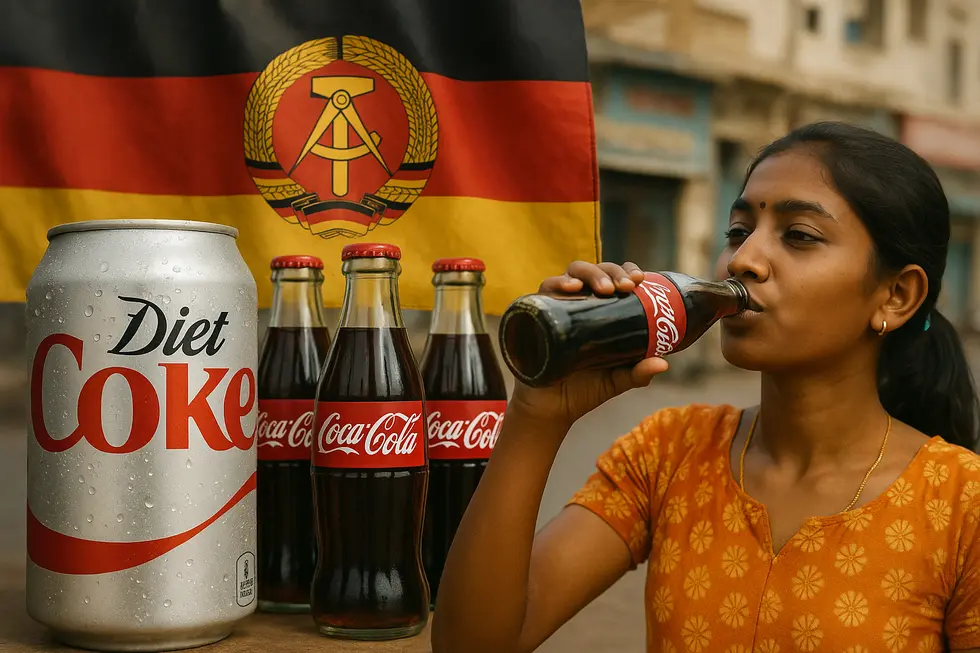
Coca-Cola’s rise as a global icon is a testament to its relentless pursuit of product innovation and market adaptation. This legendary brand continuously refines its offerings, adeptly responding to diverse consumer preferences and paving its way into new markets. The introduction of Diet Coke in 1982 marked a decisive move to attract health-conscious consumers, showcasing Coca-Cola’s agility in evolving dietary trends. Although the launch of New Coke in 1985 faltered initially, it exemplified the company’s willingness to pivot based on consumer feedback.
Coca-Cola’s growth also stems from its keen sense of market dynamics, tailoring products to meet local tastes. For instance, beverages such as Maaza and Thums Up in India or Coca-Cola Peach in Japan are deliberately crafted to resonate with regional palates. The brand’s strategy includes adapting packaging to suit economic realities, as seen in the smaller bottles offered in cost-sensitive markets like India. These innovations reflect Coca-Cola’s enduring commitment to fulfilling consumer needs across cultures.
Additionally, Coca-Cola constantly experiments with marketing initiatives that strengthen its cultural connections, such as the Small World Machines project between India and Pakistan. By layering health-oriented ingredients into classic colas and continually adapting to wellness trends, Coca-Cola not only maintains but enhances its status as a trusted global brand.
Final thoughts
Coca-Cola’s journey to becoming a worldwide icon demonstrates the power of strategic branding, effective leadership, and continual adaptation to global markets. From Asa Candler’s marketing genius to the enduring logo and innovative products, each element has been integral in establishing Coca-Cola’s lasting global appeal. This narrative not only exemplifies a successful business model but also underscores the importance of evolution in maintaining relevance in an ever-changing world.
👉 Looking for a trusted Coca-Cola wholesale supplier? Contact Asia Grocery Co., Ltd for bulk deals and export-ready inventory.
About us
Asia Grocery Co., Ltd is a trusted distributor, wholesaler, and exporter of fast-moving consumer goods (FMCG) from Vietnam, backed by over 20 years of expertise. We deliver authentic products from globally recognized brands such as P&G, Unilever, Redbull, Coca-Cola, Pepsi, Asiadeli, along with traditional and culturally significant Asian products, catering to customers worldwide with a special focus on Vietnamese and Asian communities abroad.

